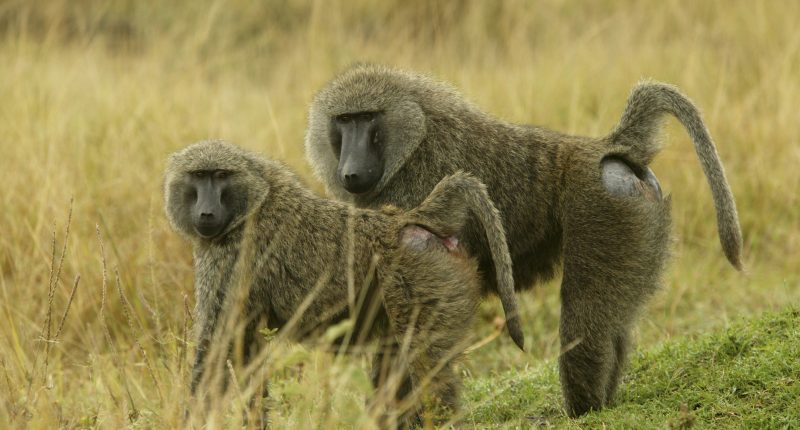ANCIENT Egyptians raised baboons in captivity as sacred animals for ritual purposes and then mummified them, according to new research.
The mummified baboons were discovered at the ancient Egyptian site of Gabbanat el-Qurud, also known as the Valley of the Monkeys on the west bank of the Luxor site.
The site dates back to the 9th Century BC to the 4th Century AD.
The mummified baboons were examined by researchers to get a better idea of how they were kept captive and how they were treated at the time.
There is currently not much knowledge on how they were kept captive which inspired the research.
The research was published in the journal PLOS ONE by Wim Van Neer of the Royal Belgian Institute of Natural Sciences, Belgium, and colleagues.
Baboons do not naturally live in Egypt and it is unclear how the Egyptians retrieved the animals.
The rituals were done for religious purposes, according to the study.
“Since predynastic times, baboons (Papio hamadryas and Papio anubis) were important in ancient Egypt for ritual and religious purposes,” the study said.
Researchers examined the skeletal remains of at least 36 baboons that varied in age.
Most read in News Tech
They found that the baboons suffered from lesions, deformations, and other abnormalities on the bones.
The stress on the baboon bones indicates that they suffered from poor nutrition and were most likely not seeing much daylight while in captivity.
“Life was not easy for Egypt’s sacred baboons. Scientific study shows they suffered from malnutrition and lack of sunlight,” the researchers said, per Phys.org.
The next step for the researchers is to examine the baboons’ teeth to get a better idea of the diets they were fed.
They also hope to be able to extract DNA from the remains to track where the baboons were captured.
Along with how the Egyptians were breeding the baboons in captivity.













